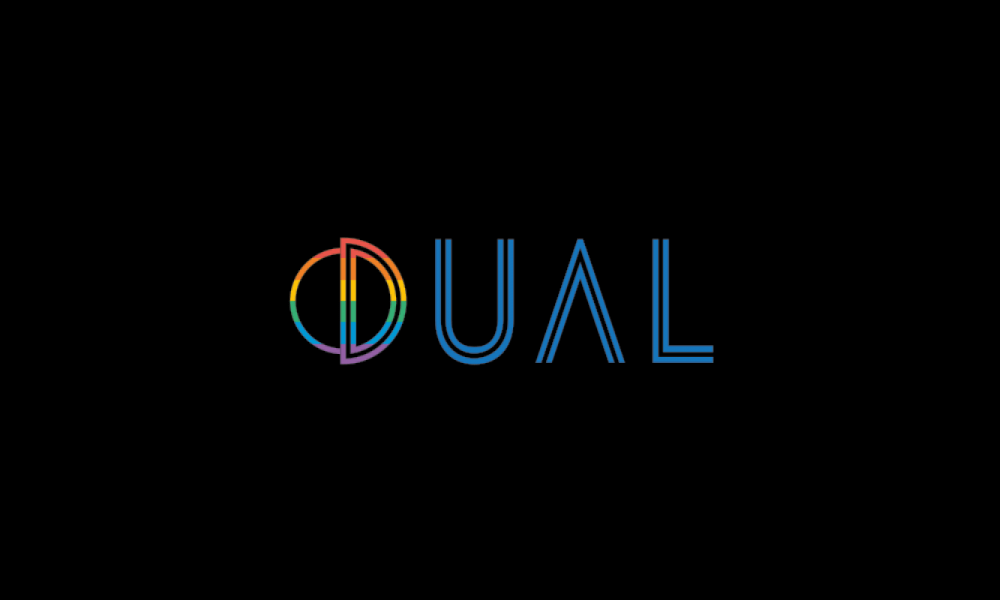Pride month and the history of Stonewall

PRIDE Month and The History of Stonewall
This article was written by Harriet Cripps
PRIDE Month is celebrated every June by members of the LGBTQ+ (lesbian, gay, bisexual, transgender, queer/questioning) community and their allies. The LGBTQ+ RESPECT group will be writing and sharing a series of articles in order to raise awareness of issues relating to the LGBTQ+ community, in the hope that we can share knowledge and insight, and celebrate some of the amazing achievements of this culture.
In this first article we explain some of the history behind PRIDE, including the importance of the Stonewall Riots which took place on 28th June 1969 in New York City. As this is one of the most notable events in LGBTQ+ history, the whole month is now dedicated to PRIDE; 30 days of
“communities coming together in celebration, protest, unity and solidarity”.
History of the LGBT Community in New York
Homosexuality was not decriminalised in New York until 1980. A huge number of LGBT people were regularly arrested as they went about their everyday lives. Many transgender people or people in drag were arrested due to an antiquated law prohibiting “the dress of the opposite sex”. It was also illegal to serve alcohol to gay people and to sell alcohol in a ‘disorderly’ establishment. Therefore, venues deemed to be a ‘gay bar’ were raided by police on a regular basis, patrons and staff arrested, alcohol confiscated and the doors padlocked. Despite all this, New York in 1967 had a vibrant underground LGBTQ+ scene. The Stonewall Inn on Christopher Street in Greenwich Village was one of the most popular places to go.
The Stone Wall Riots
On the night of the Stonewall riots, the Inn was raided. For most of the patrons this would be a usual turn of events, but that night something was different. Fed up of being persecuted and marginalised for nothing more than daring to be themselves in public, people began to fight back, ending with the police barricading themselves inside the Stonewall building. The riots went on over 6 consecutive nights and ended with 21 arrests in total.
Although uprisings following police raids had occurred prior to this, the scale of the Stonewall riots caused a turning point in the fight for equality and LGBTQ+ civil rights, with organisations being formed globally to help create a fairer future for members of the LGBTQ+ community.
The First PRIDE March
One year later, four activists decided to commemorate the anniversary of the Stonewall riots with a march past the Inn. The march gathered momentum and by the time it arrived at Central Park, 2.8 miles later, the crowds numbered in the thousands, chanting
“Say it loud, gay is proud”.
This gathering was the very first PRIDE march and since then it has been replicated hundreds of times, in hundreds of cities all across the world. I was lucky enough to visit the Stonewall Inn myself when I visited New York earlier this year. Seeing it on a beautifully sunny, spring day, surrounded in rainbow flags and with the New York State Historic Site sign on its walls, it was hard to imagine it could be the site of such a momentous event. Across the street is the Stonewall National Monument, erected in 2016 as a permanent reminder of the events of 51 years ago. It’s a beautiful place and can be explored virtually here.
LGBTQ+ Society Today
While this is a clear sign of how far we as a society have moved forward, it’s not enough. Members of the LGBTQ+ society are still attacked, shunned, judged and excluded on a daily basis. In the last year in the UK:
- 20% of LGBT people have experienced discriminatory comments from work colleagues
- One in eight trans people have been physically attacked whilst at work
- Over one third of LGBT people are so afraid of discrimination in the workplace that they have actively hidden their gender identity or sexual orientation.
Download the full PDF here.
